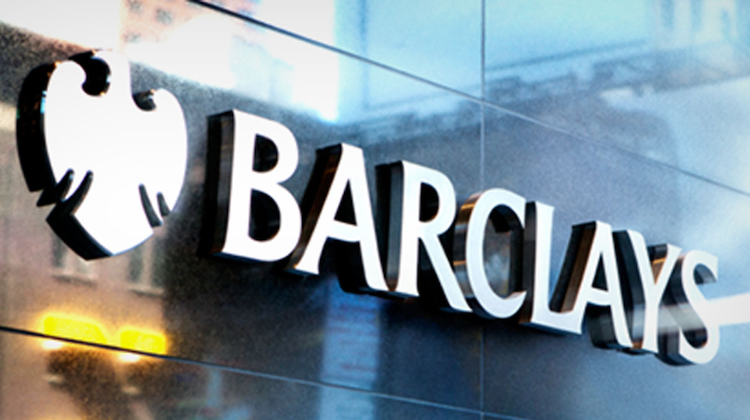Data
Barclays is building a retail bank in the US
- Barclays is expanding is US business beyond credit cards and savings accounts -- it's launching online personal loans next year
- Barclays' foray into online lending positions it to compete not just with the Lending Clubs and Marcuses of the world but with major banks too





